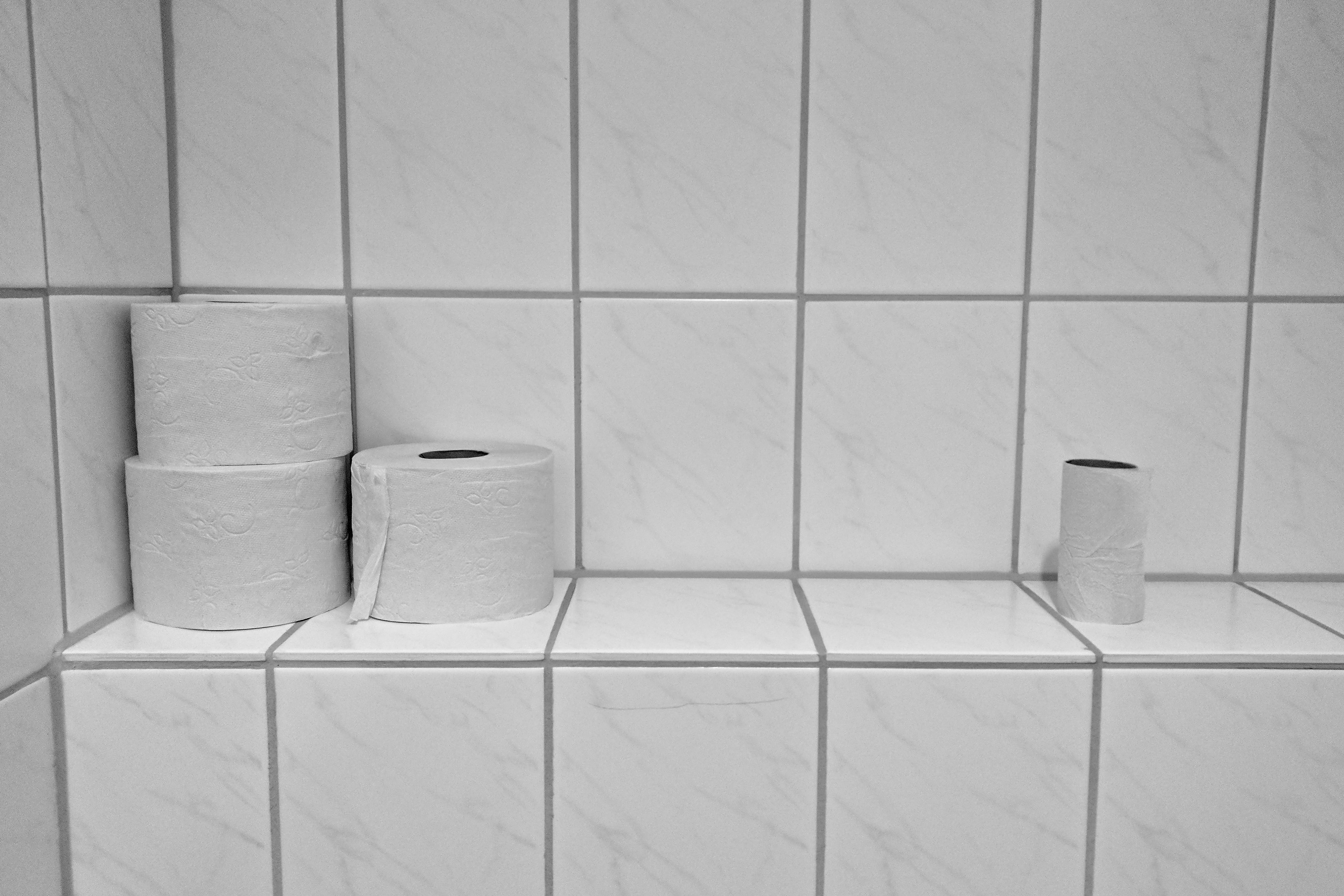The other day, one of our clients asked us if their low-flow toilets could be clogging their pipes.
It’s a valid question, especially when you live in California, where low-flow toilets have become more and more commonplace due to water conservation and drought conditions over the years. After 1992, laws were passed in the US to regulate how much water toilets could use to flush. This has resulted in low-flow toilets becoming more standard in American households.
While the conservation benefits of low-flow toilets are undeniable, they can be prone to more frequent clogs and blockages. Everyone deals with a clogged toilet at one point, and usually, it’s easy enough to handle.
But sometimes, there are some persistent blockages that you may need some help pushing through.
So, we’ve put together this article to answer some common questions and concerns about low-flow toilets and how you can take steps to make your toilet flush stronger.
How Low Flow Toilets Can Clog
Low flow toilets were created after the United States Energy Policy Act passed in 1992, regulating that all toilets use no more than 1.6 gallons of water per flush. This reduced toilet water flow significantly (some toilets by an entire gallon), which greatly aided in the country’s conservation efforts.
On the home level, though, you still have to deal with one or several cons of the low flow. But there are ways to make your toilet flush stronger if you’re experiencing issues. Here are a few ways low-flow toilets can cause clogs and how to prevent them.
Low Flush Strength
Less water going down the pipe means less pressure pushing the waste down it. With less pressure behind it, the waste may move slowly or stop entirely in the pipe, creating blockage and backup. Now you’re in trouble.
Sometimes occasionally, forcing a flush can help your system flow. Fill a bucket with water, and pour it into the toilet. The water should force into the pipes and clear anything through it. However, do not do this if you suspect a clog, as this will create more backup.
We recommend always having a plunger handy.
Not Enough Water Through System
If your home has a lot of water-saving appliances, and your sewer line hasn’t been adjusted to accommodate the change in water flow, there may not even be enough water to move the waste through your sewer line.
Forcing a flush can alleviate this issue, as long as you do not suspect a clog is already present.
Again, with the plunger. Seriously, every toilet should have a dedicated plunger next to it.
Extra Soft Toilet Paper
While it’s a creature comfort to know you’ve got that extra soft triple-ply at home, that toilet paper absorbs more water than standard paper does. It can expand more and clog your pipe much easier than a lower ply.
Consider the standard two-ply toilet paper instead of on your next grocery run. There are plenty of comfortable brands available that do not absorb
Too Much Debris
So here’s the thing. And bear with us because it’s a strange concept. But the only thing to flush down the toilet is waste and toilet paper. Things like paper towels, feminine products, wet wipes, and other items that expand in water should not go down the toilet.
If your system becomes clogged and a plunger or forced flushes just aren’t helping at all, it may be time to call in a professional plumber.





